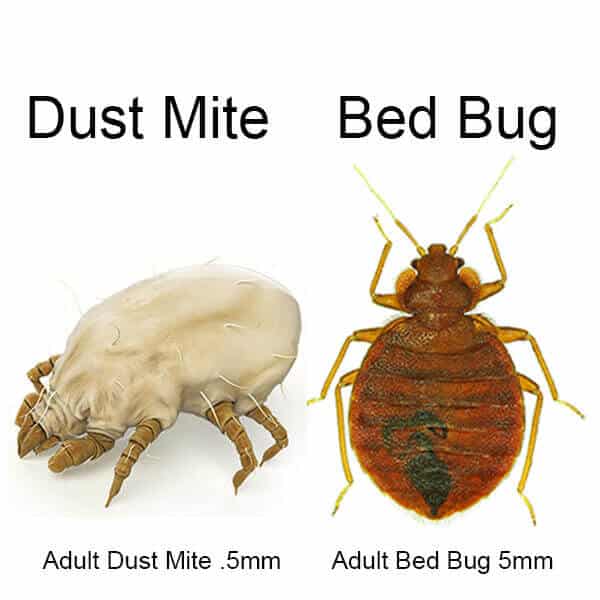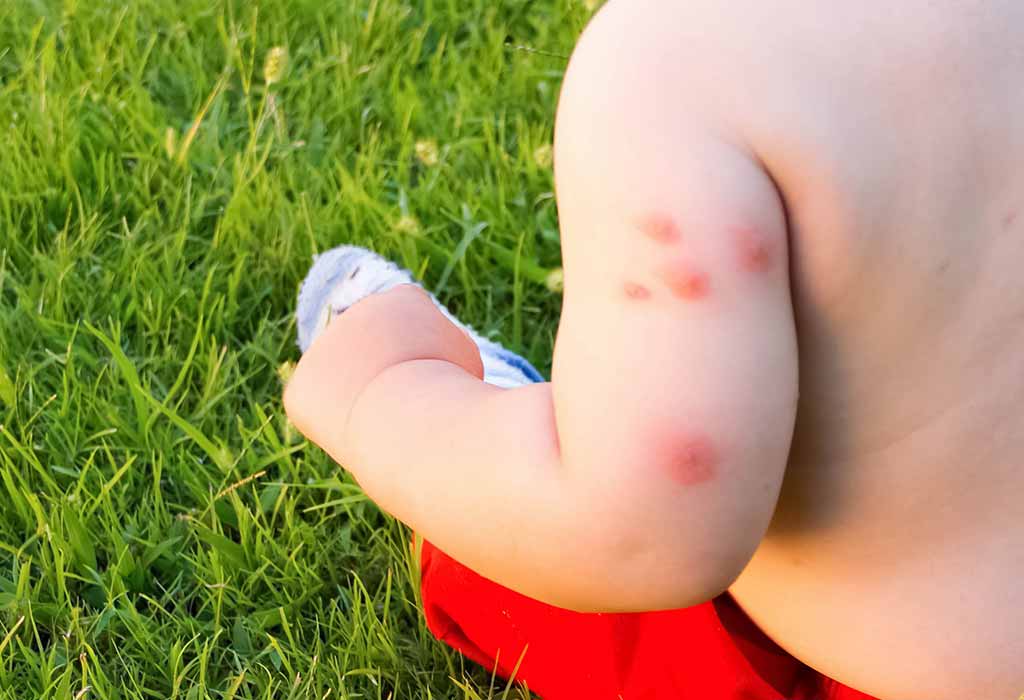Distinguishing between dust mite bites and bed bug bites can be a daunting task, but it is essential to understand the differences to accurately identify and treat the bites. In this article, we will explore the distinctions between dust mite bites and bed bug bites, enabling you to differentiate between them.
What are Dust Mites?
Dust mites are microscopic creatures that live in dust and feed on dead skin cells. These tiny insects are almost invisible to the naked eye, and they can be found anywhere in your home where dust accumulates. Dust mites are harmless to humans, but their waste products can cause allergic reactions in some individuals, leading to itchy skin and other allergy symptoms.
What are Bed Bugs?
Bed bugs, on the other hand, are small, reddish-brown insects that feed on the blood of humans and other animals. They are more substantial than dust mites and can be seen with the naked eye. Bed bugs are primarily found in bedrooms, and they hide in crevices during the day and emerge at night to feed on their hosts. Bed bug bites can cause severe itching and discomfort and can sometimes lead to secondary infections if scratched excessively.
Differences Between Dust Mite Bites and Bed Bug Bites
One of the most significant differences between dust mite bites and bed bug bites is the appearance of the bites themselves. Dust mite bites usually look like small, red, and itchy bumps on the skin, while bed bug bites are more noticeable and appear as raised welts or bumps with a red spot in the center. The bites from both creatures can be very itchy, but bed bug bites tend to itch more severely and can take longer to heal.

Identifying Dust Mites and Bed Bugs
It’s important to differentiate between dust mites and bed bugs as they are two distinct species that can cause different types of problems in your home. Both pests can be found in your bedding, mattresses, and other furniture. However, their appearance, behavior, and the symptoms they cause differ significantly. In this section, we’ll explore how to identify dust mites and bed bugs, so you can take the necessary steps to manage and control these pests.
How To Identify Dust Mites?
Dust mites are tiny, microscopic creatures that belong to the arachnid family. They measure only about 0.2 to 0.3 millimeters in length, making them almost invisible to the naked eye. Dust mites are generally translucent or cream-colored, with a somewhat oval-shaped body. They have eight legs and are covered in fine hair. Due to their small size, it’s challenging to identify dust mites without the help of a microscope.
Dust mites thrive in warm, humid environments and primarily feed on dead skin cells shed by humans and pets. They are commonly found in mattresses, pillows, bedding, carpets, and upholstered furniture.
How To Identify Bed Bugs?
Bed bugs are larger than dust mites, measuring around 4 to 5 millimeters in length. They are visible to the naked eye and have a reddish-brown color, which becomes more pronounced after they have fed on blood. Bed bugs have flat, oval-shaped body that swells after feeding. They have six legs and two antennae, and their bodies are covered in tiny hairs that give them a banded appearance.
Unlike dust mites, bed bugs are parasites that feed exclusively on the blood of humans and animals. They can be found in mattresses, bed frames, headboards, and other furniture, as well as in cracks and crevices near sleeping areas. Bed bugs are known for their ability to hide during the day and become active at night, making it essential to thoroughly inspect your sleeping area if you suspect an infestation.
By understanding the differences between dust mites and bed bugs, you can better determine which pests may be causing issues in your home. Once you have identified the culprit, you can take the appropriate measures to control and eliminate the infestation, ensuring a healthier and more comfortable living environment.
Preventing Dust Mites and Bed Bugs
Dust mites and bed bugs are two common household pests that can cause allergies, skin irritation, and other health problems. Here are some tips to prevent dust mites and bed bugs in your home:
- Vacuum regularly: Vacuuming your carpets, rugs, and upholstery at least once a week can help reduce the number of dust mites and bed bugs in your home. Make sure to use a vacuum with a HEPA filter, which can trap small particles and allergens.
- Wash bedding frequently: Wash your sheets, pillowcases, and blankets in hot water at least once a week to kill dust mites and bed bugs. Make sure to dry them on high heat as well.
- Use mattress and pillow covers: Encase your mattress and pillows in special covers that are designed to keep out dust mites and bed bugs. These covers are available at most home goods stores.
- Declutter your home: Dust mites and bed bugs love clutter, so it’s important to keep your home clean and organized. Get rid of any unnecessary items and keep your floors and surfaces clear.
- Seal cracks and crevices: Use caulk or sealant to seal any cracks or crevices in your walls, floors, and baseboards where dust mites and bed bugs can hide.
- Use essential oils: Essential oils like lavender, eucalyptus, and tea tree oil are natural repellents for dust mites and bed bugs. Add a few drops to your laundry detergent or use a diffuser to spread the scent throughout your home.

Treating Dust Mite Bites
Over-the-counter treatments for dust mite bites include topical creams, antihistamines, and corticosteroids. Home remedies include applying a cool compress, taking a warm bath with colloidal oatmeal, and using essential oils such as tea tree oil or lavender oil. For severe allergic reactions, medical treatments such as allergy shots or prescription medications may be necessary.
Treating Bed Bug Bites
Over-the-counter treatments for bed bug bites include topical creams, calamine lotion, and oral antihistamines. Home remedies include applying a cool compress, taking a warm bath with Epsom salts, and using essential oils such as peppermint oil or eucalyptus oil. For severe allergic reactions or infections, medical treatments such as prescription-strength creams or antibiotics may be necessary.
Conclusion

Understanding the differences between dust mite bites and bed bug bites is essential for accurate identification and treatment. By following the prevention tips mentioned above, you can reduce the risk of infestations and minimize the likelihood of being bitten by either dust mites or bed bugs. If you suspect an infestation or have severe allergic reactions to bites, seek medical attention immediately. Remember, a clean and healthy living environment is key to preventing these pesky creatures from invading your home.
FAQs on Dust Mite Bites vs Bed Bugs
Q: Can dust mites bite humans?
A: No, dust mites do not bite humans. They feed on dead skin cells and do not require blood for survival.
Q: Can dust mites cause skin irritation?
A: Yes, dust mites can cause skin irritation and allergies in some people. Their droppings and body parts can trigger allergic reactions such as itching, redness, and rashes.
Q: How can I tell if I have bed bugs or dust mites in my home?
A: Bed bugs and dust mites are different pests that require different treatments. Bed bugs are visible to the naked eye and can leave bite marks on your skin.
Q: Can bed bugs live in my hair or on my body?
A: No, bed bugs do not live on humans. They prefer to hide in cracks and crevices near their host and only come out to feed at night.
Q: Can bed bugs transmit diseases to humans?
A: While bed bugs are not known to transmit diseases, their bites can cause skin irritation and allergic reactions in some people.
Also Read –

